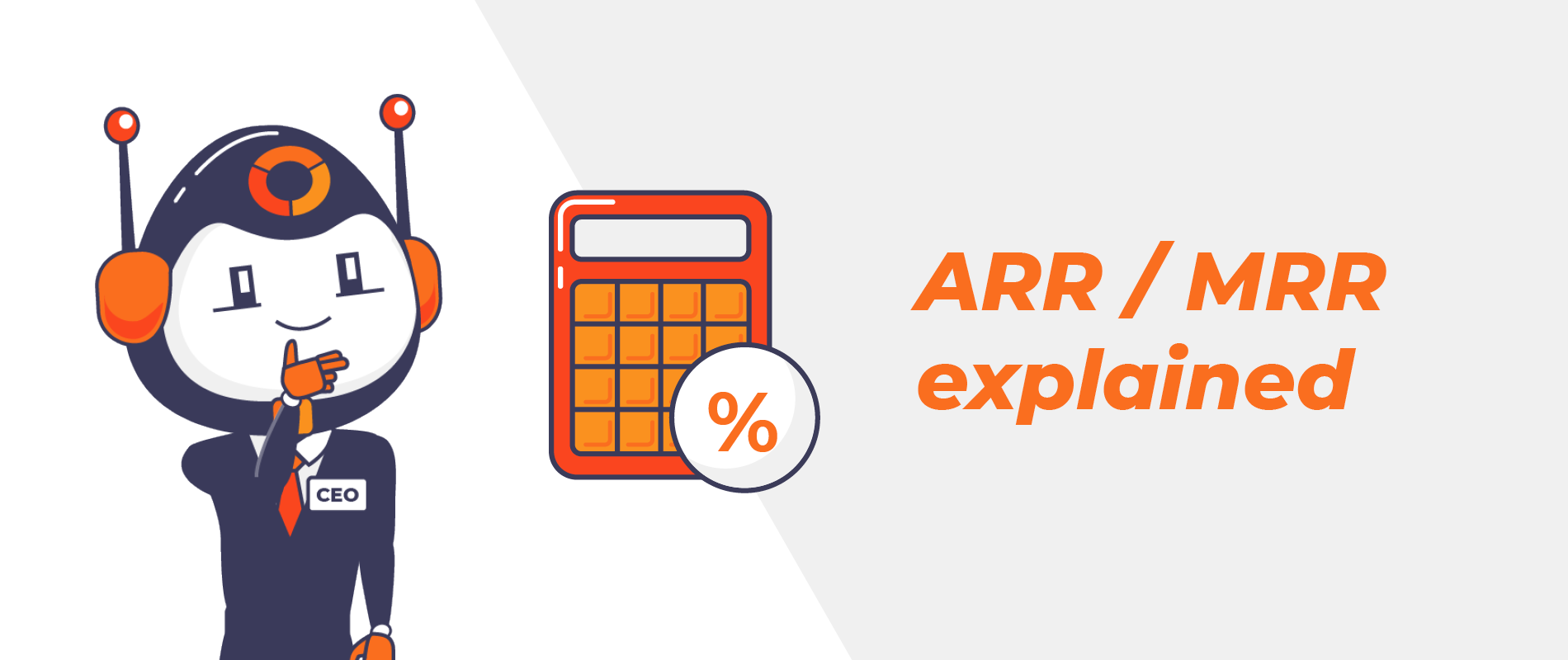Get weekly
HubSpot updates
You have a smooth running inbound strategy that is generating loads of new leads and that’s great, but have you spent as much time considering how you are going to keep these customers?
As SaaS marketers we have seen how easy it can be to get so caught up in acquiring customers that you don’t see the warning signs when they’re about to leave you.
In this blog, we’re going to dig deeper into what churn rate is in relation to SaaS, how it can be calculated, and what can be done to prevent it.
What is churn rate and why is it important?
HubSpot defines churn rate as ‘the percentage of your customers or subscribers who cancel or don't renew their subscriptions during a given time period.’
As a company that provides software as a service it is inevitable that there will be a point where a customer will have to decide if they want to continue with you, whether this is down to a recurring subscription or the changing needs of that customer.
To see business growth you need to ensure that your number of new customers exceeds your churn rate (number of lost customers). This is where many companies put on their ‘get more leads’ blinkers. But you have invested money, time and energy into acquiring these customers and will only recover this cost if they stick around for long enough.
This is why churn rate is one of the most critical metrics for SaaS growth. It can be used to determine historical performance and revenue forecasting.
How can SaaS churn rate be calculated?
Measuring your churn rate accurately will depend on how your business works. We will cover this in more detail in our upcoming blog post ‘How to Calculate Your SaaS Churn Rate’.
The simplest way to calculate churn is dividing the total number of churned customers over a selected time period by the number of customers you had on the first day of the period.
Follow these steps to calculate SaaS Churn Rate:
1. Decide your time period e.g. 1 month
2. How many customers have been lost during this time frame? e.g. 10
3. How many customers did you have at the start of this time frame? e.g. 1000
4. Divid the number of lost customers by the number of starting customers
5. Multiple that figure by 100%
Taking our above example figures the calculation would be:
10 (lost customers) divided by 1000 (No of customers at start), and multiplied by 100 to give you a customer churn rate of 1%.
According to ForEntrepreneurs.com, a net revenue churn rate of 2% per month or above is an indicator that something is wrong, and it will ‘become a major drag on growth’.
If you have calculated anything above a 2% churn rate you’re probably wondering how you can reduce this. Take a look at the next section for three tactics that can help you decrease churn.
If your churn rate is below 2%, then you are on a good path, but it is important to remember that what you are doing today will not always work tomorrow. Retaining your customers should be equally as important as acquiring them in your strategy and something that is continuously monitored.
Read our blog post ‘SaaS Customer Success: How to delight your customers and reduce churn’ to see how you can keep your customers.
What can be done to reduce SaaS churn rate?
Maintaining customer engagement, asking for user feedback, and improving your on-boarding process are three tactics to reduce your SaaS churn rate. We have covered these in our blog post ‘3 Ways to Reduce SaaS Churn’.
If you have any questions in relation to churn rate or, if you're ready to work with a SaaS growth agency, we are ready to help. Book a meeting using our calendar below. We can have a no-obligation conversation about how we can help you to start optimising, not only for lead generation, but also for conversion and retention.
